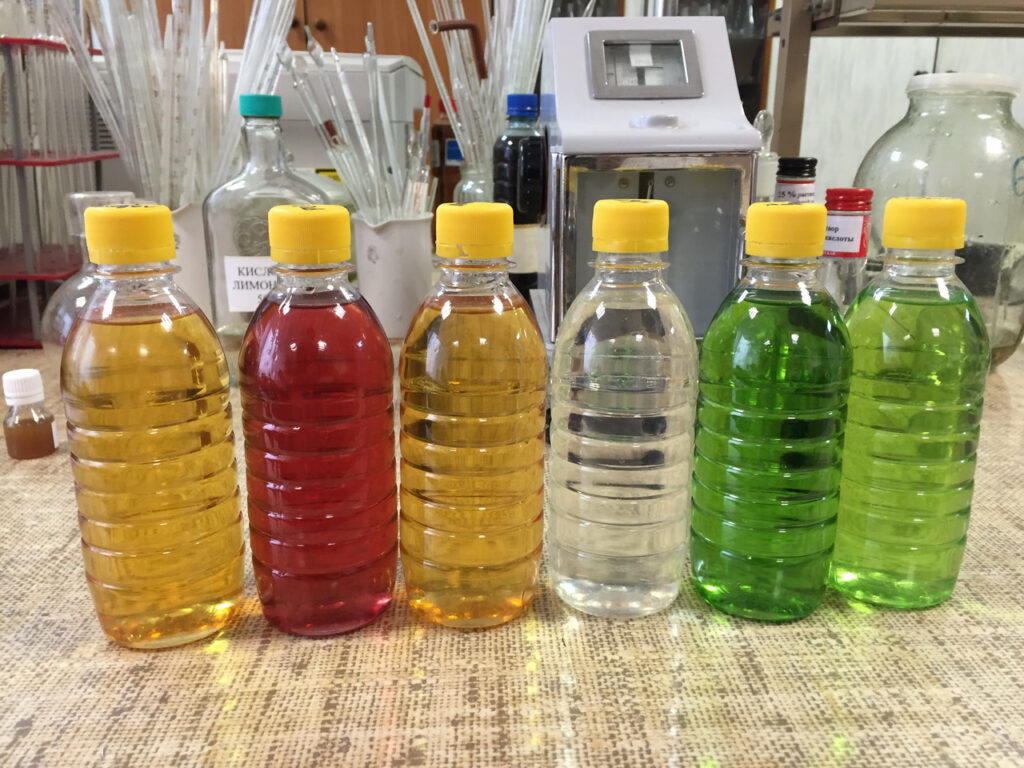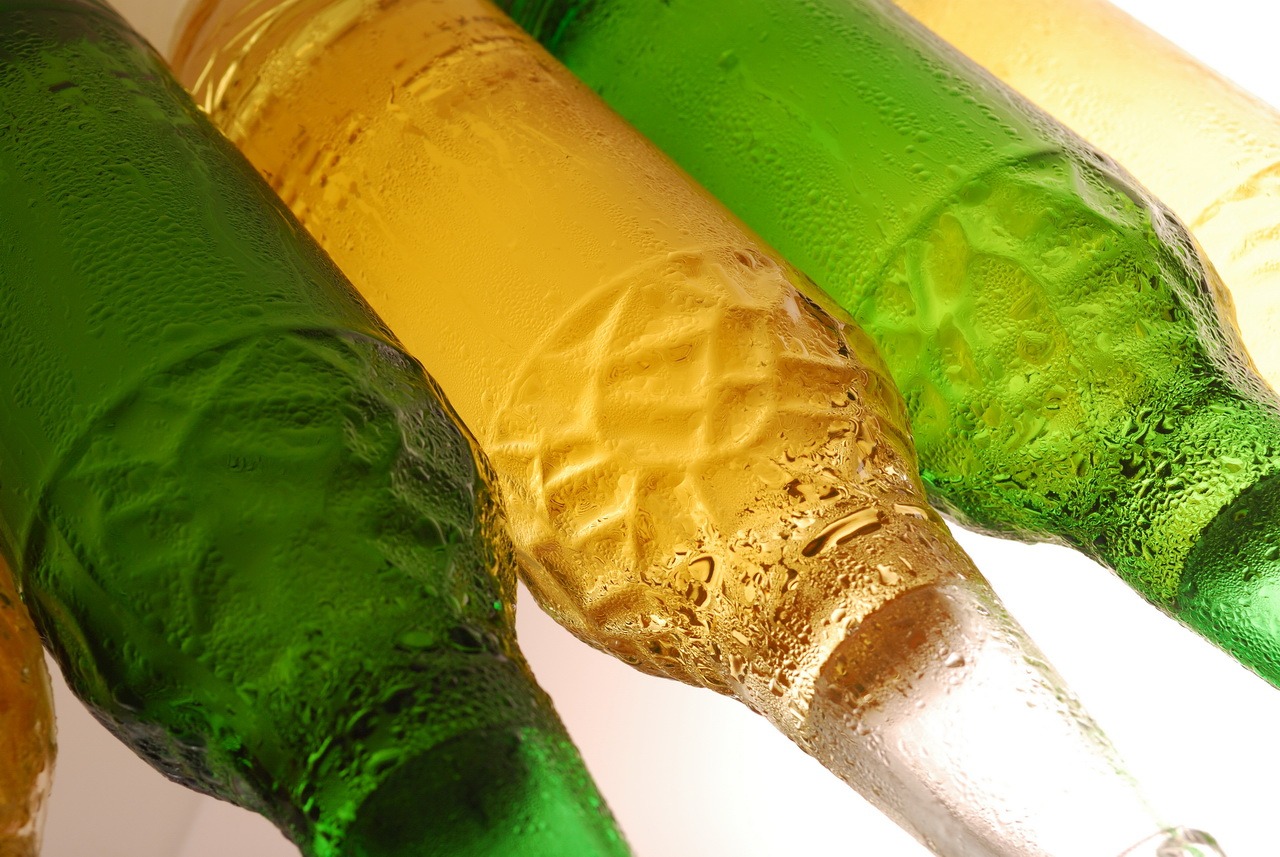The final stage involves the development of innovative recipes for soft drinks (sodas) based on microemulsions of CO2 extracts, which will be carried out by the Institute of Beverages on behalf of Biozevtika. Yesterday, at the invitation of the developers, the Biozevtika delegation, accompanied by journalists from the television company Roy-TV, our friends and permanent information partners, attended the control tasting to assess the quality of work and make final changes before the final release of the recipes.
The direct development of recipes at the institute is carried out by the Laboratory of Soft Drinks, headed by G. Filonova, a legend of the domestic food industry, author of the original recipe for the Baikal drink (1979, developed for the Olympics), which was intended to be the most popular to become the soft drink of history.
Despite her venerable age, G. Filonova is still full of creative energy and confidently directs the activities of her team and all its employees, whose qualifications and conscientious approach to business left a very positive impression on us. Of course, the drinks themselves made the most positive impression on us – we were pleasantly surprised.

In total, 5 recipes for soft drinks are in the stage of immediate readiness, two of them are mono-aromatics based on one plant, and the remaining three are compound compositions: “Chamomile”, “Lavender”, “Rose” (with the addition of oregano), “Juniper” (with the addition of orange peel, ginger and Siberian fir) and “Dessert” based on extracts of black coffee and cardamom with the addition of vanilla, cinnamon and orange peel. Final approval of the drink recipes on this list can be expected within 2-4 weeks, and several other promising developments are at the more distant stage of readiness.
All beverages presented in the line are all natural, as they were originally developed with a “clean” label in mind, free of chemical names that scare the consumer. A typical composition of a lemonade of the future line looks like this: water, sugar, salt, citric acid, natural extract (a kind of plant). The second distinctive feature of the presented line of drinks is that almost all flavors included in it do not even have approximate analogues on the market (except for the juniper drink, which has approximate analogues on the market).
According to the general opinion, which was the same for all participants of the tasting, “Rose” with the addition of oregano was awarded as the most striking and promising drink of all the presented drinks; the second in terms of the number of sympathies of the audience was the drink “chamomile”. This orientation was confirmed in subsequent express tastings, which we promptly organized among the company’s employees and in the immediate circle of family and friends. It is also noteworthy that the pink drink made the female part of the audience particularly happy – however, it was originally conceived as a drink for women; and it seems they hit the mark with the recipe and composition.
If you have any questions regarding the licensing of the drink recipes featured in this article, or if you have any questions about purchasing ingredients to make them, please contact us.
